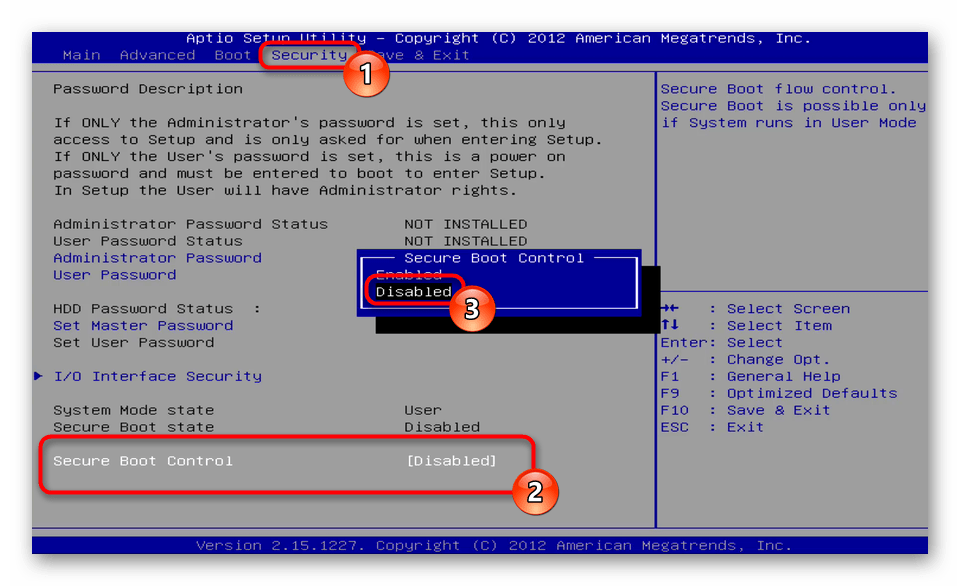
Starting from Windows 8.1, you couldn’t even get the operating system installed unless you had UEFI 2.2 compliant motherboard because that very motherboard allows for a platform key, which is a private key that’s connected to the motherboard and tells it only to allow the loading of drivers and loaders that are signed with this private key.

What’s far more likely is that you’re benefiting from the added technology that Microsoft has installed on Windows to help make your computing days more secure than ever. Viruses have been around for a long time now, and if you used to get them on your machine reasonably often and just don’t anymore, it’s not necessarily because you are now a further advanced PC user. Few people have positive things to say about Windows 8, but the security experts out there will tell you that it was actually groundbreaking thanks to this one feature. Secure Boot is still a relatively new feature and has made its way onto Windows 10 because of its past success of stopping viruses and malware on the Windows 8 platform. But one thing that many people don’t realize about those older versions is that they weren’t running with the Secure Boot feature, first introduced in Windows 8, and as such, they were a lot more prone to viruses and malware.


Windows XP and Windows 7 were phenomenal operating systems for their time, and I know some people who still prefer to use them, or at least still dream of the more updated versions having features taken from them.


 0 kommentar(er)
0 kommentar(er)
